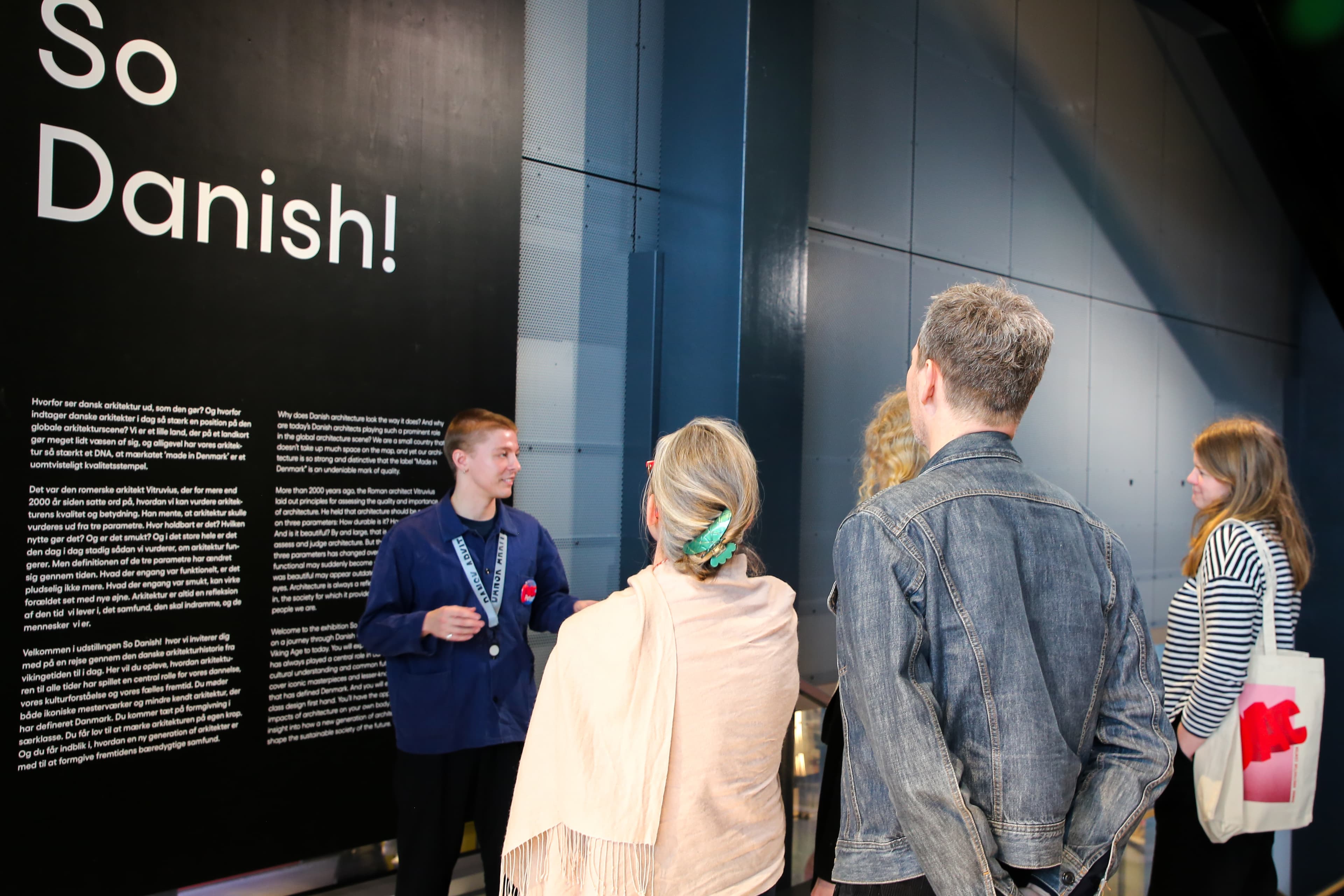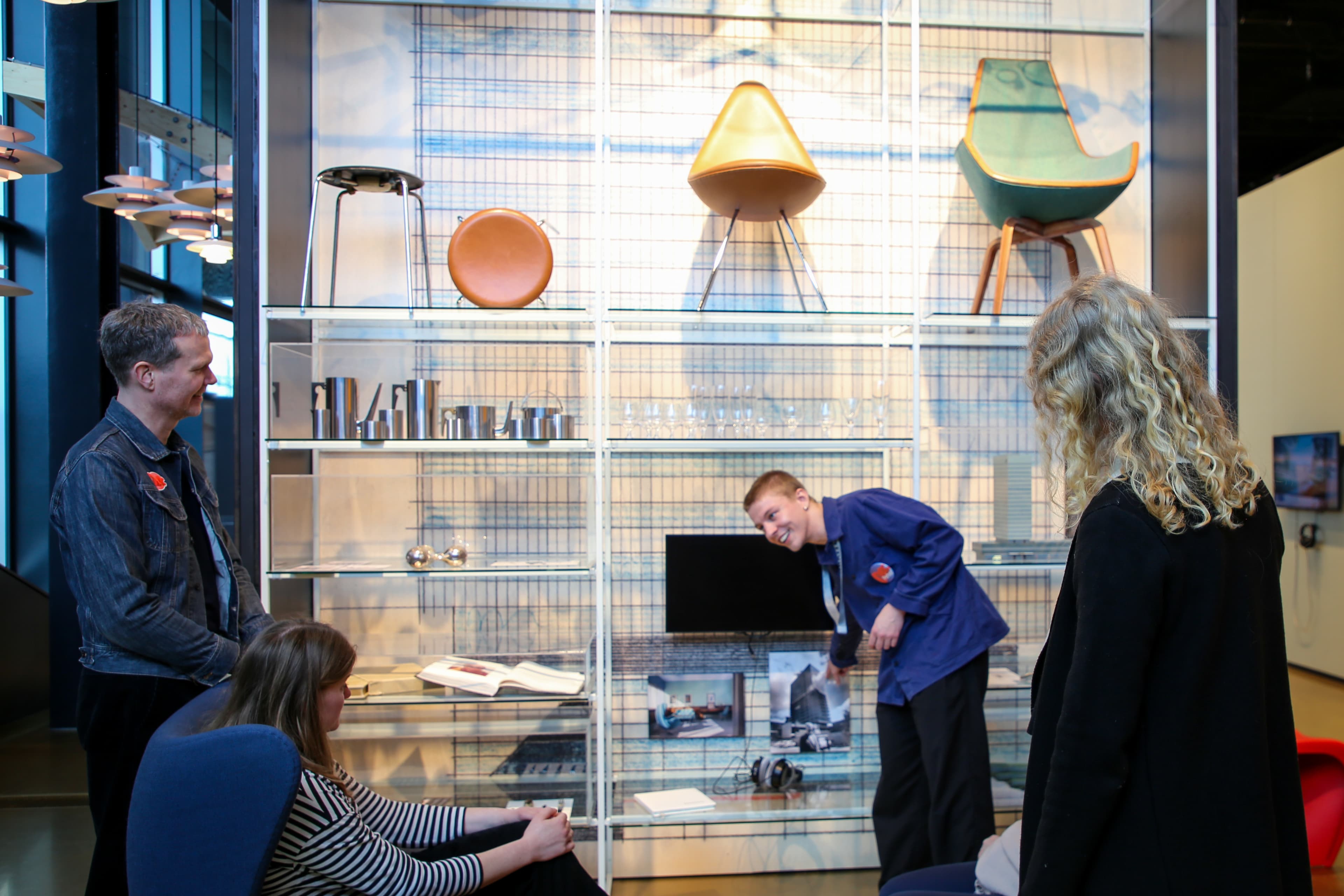Press & Media Resources
Johanne Troelsgaard Toft
Press Officer
jott@dac.dk
+45 6142 1927
Welcome to Danish Architecture Center’s press page. Read our latest press releases and download photos of exhibitions, the BLOX building and much more.
Latest press releases
Build of Site concludes the 19th International Architecture Exhibition – La Biennale di Venezia with strong international recognition
New Exhibition at Danish Architecture Center: Age of Nature
New exhibition at DAC: Meet Me Here
Build of Site: Transforming the Danish Pavilion during the 19th International Architecture Exhibition – La Biennale di Venezia
How will we live in 2050
Denmark presents the exhibition ‘Build of Site’: Building Upon the World Without Building Anew
New Exhibition at Danish Architecture Center: Nanna Ditzel – Breaking Free
H.M. King Frederik Attended the Opening of the Danish Architecture Center’s Exhibition Water is Coming
New Exhibition at Danish Architecture Center Water is Coming
So Danish! is reopening, with new architectural highlights and a celebration of the best of Danish design
The curator for the 2027 Biennale has been selected
Teenage Dreams
His Majesty The King Becomes Patron of Danish Architecture Center
Record Number of Entries
Aware – architecture and senses
Europe’s Top Photo Contest Seeks Sustainable Beauty
Explore

Photo: Rasmus Hjortshøj DACs media library
Download press releases, high-resolution photos, and videos from the Danish Architecture Center's press bank – including images of the BLOX building, exhibitions, the executive team, and much more.
Sign up for our press list
Upcoming events
DAC Calendar
Architecture on Your Head – Create Your Own New Year’s Hat

Guided Tour in English – Free with Ticket

Guided Tour in Danish – Free with Ticket

Architecture on Your Head – Create Your Own New Year’s Hat

Guided Tour in English – Free with Ticket

Guided Tour in Danish – Free with Ticket

Architecture on Your Head – Create Your Own New Year’s Hat

From Vikings to Modern Classics
